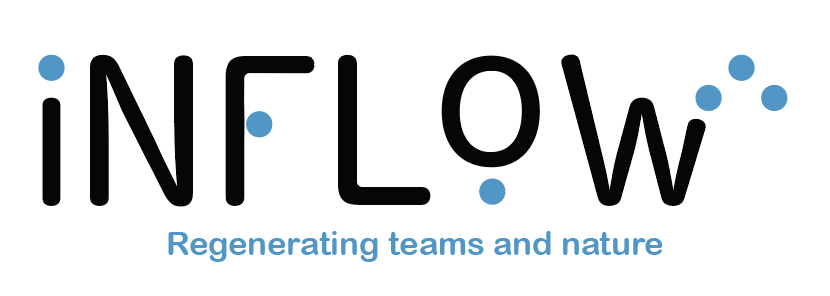Home / Structure for Innovation


Maybe counter to intuition, but innovation actually needs very clear rules and processes to flourish. You have creative team members, there is a general openness to innovate and change, yet no meaningful innovations ever hit the ground? We often see this phenomenon and in many cases the reasons for this are:
Setting the right stage for innovation to happen is very often underestimated. It takes a holistic approach and willingness to break paradigms as well as engrained structures and habits. When innovators want to innovate, we like for them to feel like their idea “is safe enough to try”. This means they have a mandate to do, but also the responsibility and awareness of how their action affects the rest of the organization. If the rules of engagement are clear to them and the boundaries and goals well communicated, then within those, they can fully unleash creativity and create the new.

Inflow was founded by Natacha and Alexander Neumann with a clear purpose in mind: To bring teams and nature back in flow.
© Copyright 2024. All Rights Reserved. Inflow